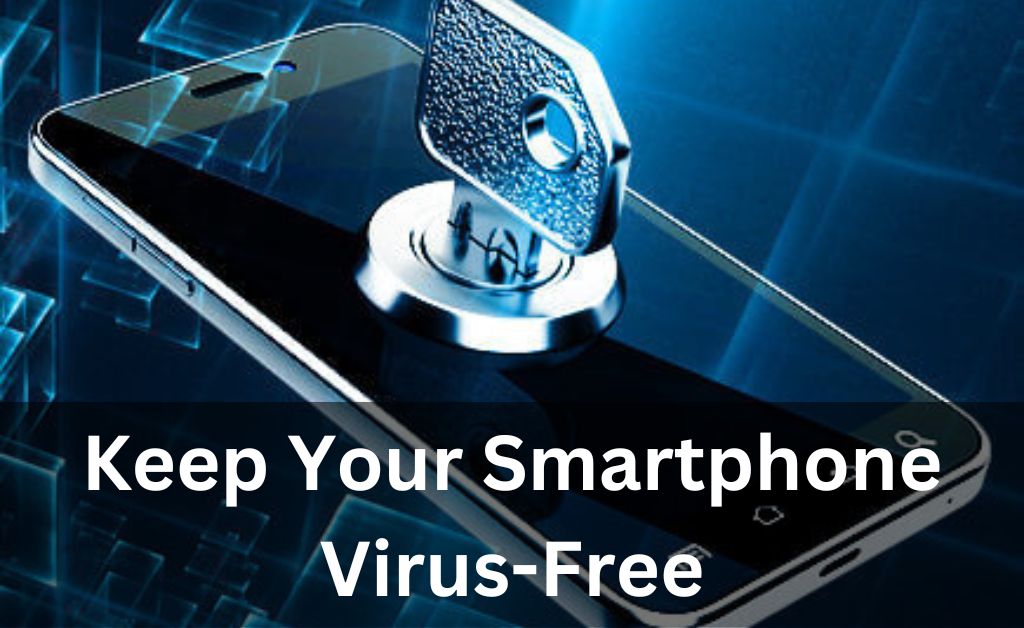There’s no denying our phones have become the number one gadget in our lives. We feel completely lost without them and go running for the charger the second that little battery icon turns red.
We get it!
Cell phones have become our portal to the world, but they’re also a gateway for dangerous viruses and malware to access our private information.
Software attacks on mobile phones are on the rise, but the good news is that you don’t need to be a tech wizard to keep your devices safe.
Here are some straightforward steps you can follow to ensure you stay virus-free.
Step 1: Perform Phone Updates
Think of software updates like a vaccine or a booster shot but for your phone. They’re meant to give your phone immunity to the latest threats floating around the digital world.
Operating systems and apps should always be current. Important security patches that help repair and prevent potential vulnerabilities are often a part of these updates.
Step 2: Apps from Trusted Sources Only
You know the saying, “You get what you pay for?” This applies to those free apps, too.
Trojan attacks make up approximately 15.6 percent of all new mobile malware detected online. The point is… those free apps might just be “free” to trick you into downloading a virus.
Reputable app stores like Google Play or Apple’s App Store are best to download from. These platforms provide strong security checks to filter out potentially harmful apps.
Skip downloading any third-party apps unless you’re sure they’re from a trusted source.
Step 3: Don’t Grant Everyone Access
We’re all guilty of skipping over those annoying permission requests and tapping ‘yes’ until we get to the main page.
But doing this without a second thought can result in granting access to your sensitive information. Instead of breezing through, pay attention to the permissions an app is asking for and only grant what makes sense.
Think about it… does a calculator app need access to your contacts or camera?
Just be cautious about what personal information you share and with whom.
Step 4: Antivirus Apps are Your Friend
Now that we’ve got our phone “vaccinated” with updates and are more aware of who we grant permissions to, let’s talk about the importance of security.
On Android devices alone, banking malware threats have increased by 80%. Phone security is more important now than ever before, so using a trusted antivirus app from a reputable company is best.
Like a security guard scanning for threats and blocking malicious websites, this will help you stay protected even further. It can even help you find your phone if it’s lost or stolen.
Another option is a VPN download on your phone to encrypt your data and keep it safe from hackers.
Step 5: Don’t Take the Bait
Phishing attempts are a popular way for hackers to gain unauthorized access to your phone. Here are two key pieces of advice for you:
● Don’t click on links unless you’re certain they’re safe.
● Verify that the source of any email or attachment is legitimate before clicking on anything.
Use extreme caution, and don’t click on anything that appears suspicious.
Step 6: Strengthen Your Password
Think of how much personal information your phone is carrying right now. Credit cards, photos, and all sorts of sensitive information are kept there.
It is crucial to set strong passwords or, better yet, use biometric methods like fingerprints and facial recognition to open your device.
If your phone gets lost, you’ll be relieved knowing at least you set up this defense.
Step 7: Don’t Snooze & Lose
Viruses are meant to catch you off guard. The goal is to access your data when you least expect it, and data loss is a genuine threat.
Regularly back up your phone’s data to the cloud or an alternative external device.
In the event your device does happen to get infected, you won’t be devastated to discover all your precious photos, contacts, and important files are gone forever, too.
Conclusion
There’s no denying the digital dangers in our world today. Keeping the information on your smartphone safe and secure is no longer an option; it’s a necessity. The steps are simple:
● Keep your software updated.
● Only download apps from trusted sources.
● Pay attention when enabling app permissions.
● Use reliable antivirus apps.
● Be cautious with messages and links.
● Set a strong password.
● Always back up your data.
Don’t wait; use these steps to significantly reduce the risk of viruses and malware from infecting your device.
Protect your phone and your data, and stay safe on your digital journey!







